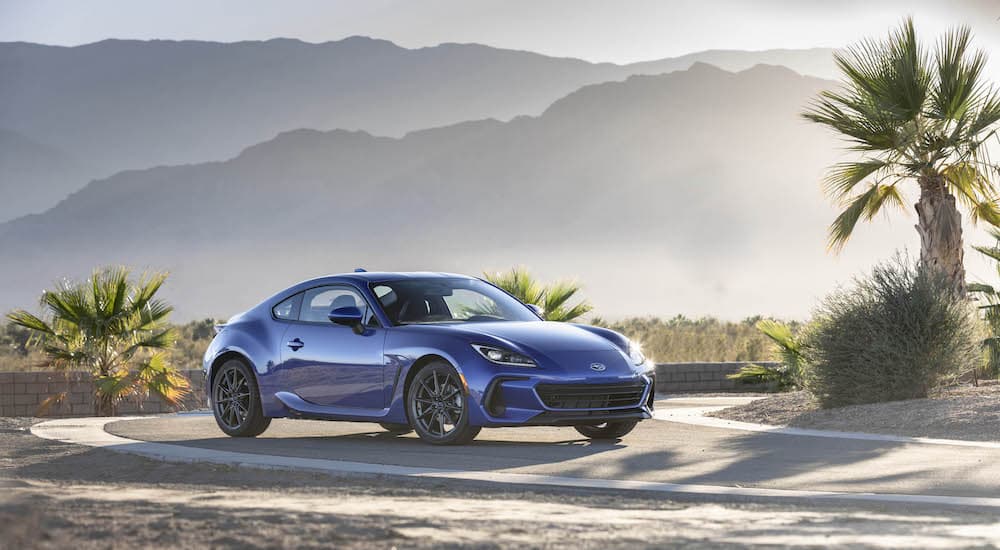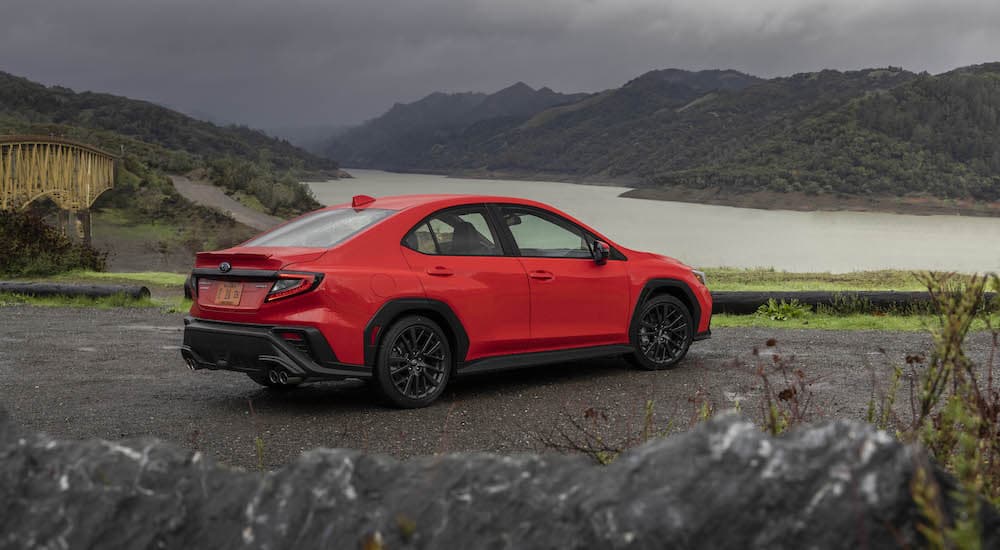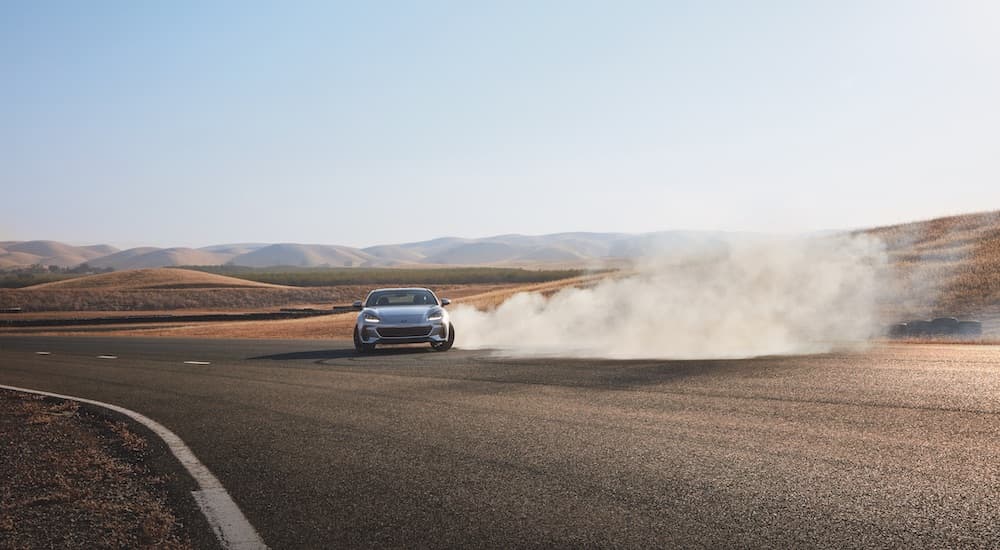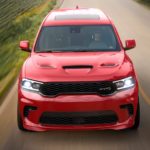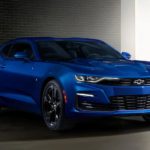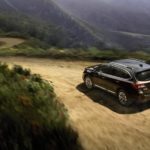A quick look around your local Subaru dealer is bound to uncover a number of enticing options. The Subaru lineup runs the gamut from best-sellers like the Outback and Forester to exciting new models like the all-electric Solterra. But what about performance? Sure, Subaru makes some of the most practical cars and SUVs on the road today, designing nearly every model with the sort of all-wheel drive capability that makes the brand so popular amongst the outdoorsy set, but do they make your hair stand on end? If you’re talking about the Subaru BRZ or Subaru WRX, the answer is a definitive yes.
The two sportiest models in the Subaru lineup prove that it has come a long way from the stolid wagons and SUVs of old, giving drivers exciting alternatives informed by the Japanese automaker’s success in the world of rally racing and through a unique partnership with Toyota. While they might share the same race-inspired heritage, the WRX and BRZ differ in a number of important ways. However, they share one important similarity: they are both true sports cars priced around $30,000. If you’re in the market for a thrilling new performance vehicle, you’ll want to read on as we explore the differences between the BRZ and WRX and see how they compare in terms of design, power, features, and convenience.
Four Doors or Two?
We’ll start with the most obvious difference between the two models: the body. The WRX is a four-door sedan, while the BRZ is a two-door coupe. The WRX’s four-door approach might be sacrilegious to some sports car purists who think that only two-door models deserve the title, but a quick look at the model’s lineage goes a long way in explaining the choice. The WRX––short for World Rally eXperimental––started out as a high-performance variant of the Subaru Impreza when it first hit the market in 1992. While the WRX has been sold as a standalone model since 2014, the sedan design has stuck around. It might not look quite as sporty as the smaller, two-door BRZ, but the WRX does earn the nod when it comes to sheer functionality. The WRX is larger than the BRZ in every way that counts and offers improved ground clearance over the low-slung coupe. If you’re looking for a daily driver that’s just as home at a track day event as it is running errands and hauling the kids around, the WRX is the way to go.
The BRZ’s two-door design is also informed by a unique history. Some might be surprised to learn that the ever-practical Subaru even offers a two-door vehicle, but it all comes down to the fact that the sports car was actually developed in collaboration with Toyota. Inspired by Toyota’s AE86 coupe––a small, rear-wheel drive Corolla variant that gained popularity in the racing and drift scene––the Subaru BRZ first hit the streets in early 2012. Shorter and smaller than the WRX, the Subaru BRZ is also much lighter, giving the car an impressive power-to-weight ratio. Subaru cut weight wherever possible, resulting in the BRZ tipping the scales at just around 2,815 lbs, while the WRX weighs in at 3,300 lbs. Given its smaller stature, the BRZ is the go-to choice for any racing application but might be limiting for those seeking a daily driver or family vehicle.
All-Wheel Drive vs Rear-Wheel Drive
Its two-door design isn’t the only way that the BRZ differs from your run-of-the-mill Subaru model. The brand has built a reputation on its rugged lineup of off-road-capable vehicles thanks in large part to the inclusion of all-wheel drive as a standard feature, but the BRZ bucks this trend as the only Subaru model built exclusively with rear-wheel drive. This might seem like a drawback, but the small, sporty BRZ, with its low ground clearance and lightweight body, was never intended for off-road performance in the first place. The rear-wheel drive BRZ is much more at home carving through chicanes than it is blazing a trail through the underbrush, so the setup actually makes a lot of sense, given the model’s race-oriented ethos.
Rear-wheel drive models offer a number of advantages for those looking to take the checkered flag, primarily in terms of handling and acceleration. They have better weight distribution and deliver improved cornering thanks to the fact that the front wheels are reserved purely for turning. There’s a reason that most sports cars––and almost all professional race cars––are built with RWD, and a short drive in the BRZ will show you why. There are some disadvantages to the design: RWD vehicles are prone to losing traction on slick roads when there’s not enough weight over the drive wheels, and they are typically lower on passenger and cargo space due to the location of the transmission, driveshaft, and rear differential, but if you’re looking to burn up the quarter mile or set a new best lap time, RWD is a no-brainer.
That’s not to say that WRX’s Symmetrical All-Wheel Drive system doesn’t have its advantages. While it might not provide the same sort of straight-line acceleration as a light RWD car, it is an improvement over front-wheel drive vehicles, as the front wheels lift off the ground as the weight shifts to the rear under acceleration. Subaru’s AWD system fixes this issue by redirecting some torque to the rear wheel when accelerating from a stop, improving overall traction. AWD also has a noticeable effect when it comes to improving overall control. This is especially true when conditions start to deteriorate, with AWD boasting the ability to transfer power to the wheels that are still holding firm to the road. This feature comes in handy in snow, rain, and other scenarios where the road might start to become slippery and can even reduce the likelihood of a skid in the case of a blown-out tire. AWD vehicles like the WRX are also able to avoid torque steer, a common issue in front-wheel drive vehicles that results from the tires trying to steer and maintain traction at the same time.
Performance Numbers
We can debate body style and AWD versus RWD all we want, but when you’re talking about a sports car, it all comes down to performance. The BRZ and WRX share a 2.4-liter, four-cylinder DOHC Boxer engine with direct fuel injection and Subaru’s Dual Active Valve Control System, but the WRX makes the most of its motor thanks to some clever engineering. Subaru has outfitted its sporty sedan with a turbocharged version of the 2.4-liter engine, allowing it to beat the BRZ by 43 ponies, delivering 271 hp to the BRZ’s 228 hp. It also bests the coupe in the torque department, producing 258 lb-ft compared to 184 lb-ft in the BRZ.
With a zero to 60 mph time of 5.4 seconds and a 13.9-second quarter-mile, the more powerful WRX might seem like the clear favorite when compared to the BRZ. However, you can’t forget to take weight into consideration. The BRZ is almost 500 lbs lighter than the WRX, so despite the fact that the sedan might look more powerful on paper, both models actually stack up quite well when it comes to real-world performance. The WRX has a power-to-weight ratio of 0.082 hp per pound, while the lighter BRZ trails behind by the smallest of margins at 0.081 hp per pound. That weight difference means the BRZ puts down virtually identical numbers to 60 mph and on the quarter-mile.
Transmission Options
A good power-to-weight ratio is an important factor in any sports car, but it’s only part of the equation. The transmission can play a big role in any vehicle, but it is especially important when it comes to racing. Both the WRX and BRZ come standard with a six-speed manual transmission, giving drivers all the control they need to make the most out of every lap. The manual transmission is a favorite of sports car traditionalists for the feel and sense of connection to the vehicle that it can provide, but automatic transmissions have come a long way since most of these critics passed their driving test. As of 2022, both the BRZ and WRX are available with an automatic transmission, which actually manages to hold its own against the manual.
The BRZ is offered with a six-speed automatic paired with steering wheel paddle shifters, giving drivers a feel for the Formula One lifestyle every time they climb into the driver’s seat. The option has proved surprisingly popular, with an estimated 30 percent of BRZ drivers choosing the six-speed automatic over the manual. In many ways, the automatic is the perfect complement to the BRZ, particularly for those new to the world of sports cars. Between memorizing track layouts, remembering passing rules, and dealing with nerves, a new racing driver has enough to worry about without fussing over when and where to shift. The automatic transmission means there’s one less thing to worry about, allowing fledgling drivers to focus on the road ahead and let the car do the boring part.
The WRX is available with both types of transmissions, but the automatic differs from the BRZ’s in a few important ways. The sedan comes standard with Subaru’s Sport Lineartronic Continuously Variable Transmission (CVT) with stepped manual and automatic shift modes, including the same steering wheel paddle switches found on the BRZ. Instead of being limited to a set number of speeds, the CVT is essentially a single-speed or “shiftless” transmission that allows drivers to “change gears” without any concrete shift points. This virtually infinite number of gear ratios makes for a seamless driving experience, giving drivers all the power they need to test the WRX’s limits. The CVT is also offered with Subaru’s proprietary throttle management system, Subaru Intelligent Drive (SI-DRIVE), allowing drivers to customize their driving experience by selecting modes like Intelligent, Sport, and Sport Sharp.
Two Unique Choices
The WRX and BRZ are two of the more unique models in the current Subaru lineup. Affordable sports cars might not be the first things drivers think of when they picture a Subaru, but the WRX and BRZ are here to prove that the automaker is just as adept at producing spirited, performance-minded vehicles as it is rugged crossover SUVs. Both models provide the sort of excitement one would expect from the sports car segment, with powerful engines and a power-to-weight ratio that would make some supercars nervous.
In truth, it’s hard to choose between the two on a purely performance basis, so it largely comes down to a matter of taste and practicality. If you are seeking a versatile sports car that can double as a reliable everyday vehicle, the larger WRX is the way to go. On the other hand, if you’re seeking that classic sports car look and aren’t as worried about passenger or cargo space, the BRZ is an alluring option. A quick test drive can make all the difference when it comes to getting a feel for a new vehicle, so stop by your local Subaru dealer and try out a BRZ or WRX for yourself.
